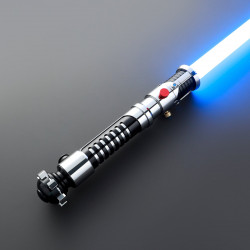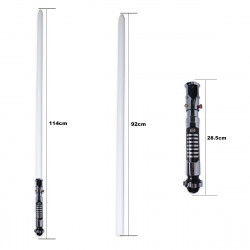
c
Qimir, the Sith Lord, was wearing gauntlets and a helmet that seemed to turn off lightsabers in the most recent episode of Acolyte. If you haven't read any of the Star Wars books, you were likely perplexed by how it occurred. All indications suggest that Qimir's armor is composed of the uncommon mineral Cortosis, even though this hasn't been formally confirmed.
Cortosis has only made a few appearances in the Star Wars novels and comics. It made its debut in the 2014 Star Wars Rebels novel Star Wars: A New Dawn. Since then, it has appeared in other Thrawn books, including the Dr. Aphra series.
However, what is cortosis exactly? This metal can absorb any energy and disperse it across its whole structure because of its extremely high energy absorption rate and transmission coefficients. It can absorb blaster blasts and short-out lightsabers in this way. Since cortisol is an incredibly soft metal, it is typically useless for armor and other structures. It can, however, be woven into a more robust metal while retaining its energy-absorbing qualities, making it resilient to light saber and blaster fire strikes.
For armor and defense against both Jedi and Sith, Cortosis is a game-changer. It has only ever been discovered on two worlds, though, and is incredibly rare. The refining process is also complicated. During the Clone Wars, Dooku attempted to use it, but Anakin Skywalker stopped him. It is just not feasible to use cortosis on a broad basis.
The latest Acolyte episode contains a sentence that suggests Cortosis also possesses force resistance, which isn't mentioned in any of the novels or comics. When Master Sol asks Qimir to remove the helmet, he refuses, claiming that doing so will enable Master Sol to read his mind. It is too soon to tell, but this could indicate that cortosis has some force-resistant qualities in the live-action canon.

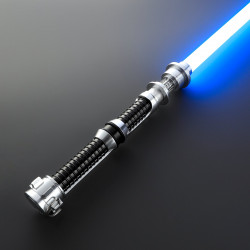
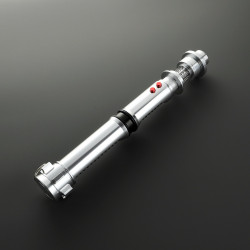
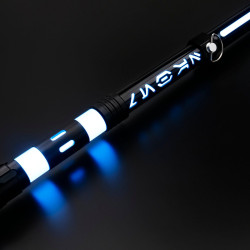
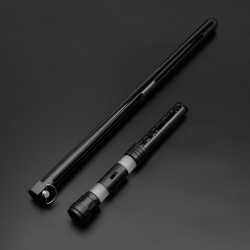

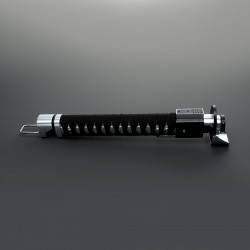
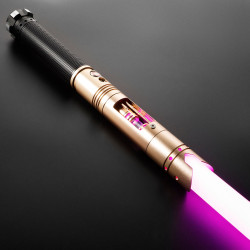
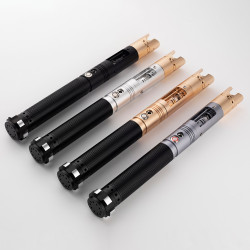
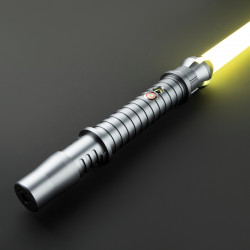

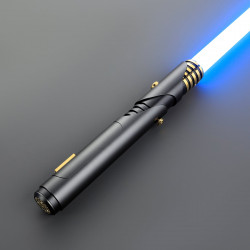
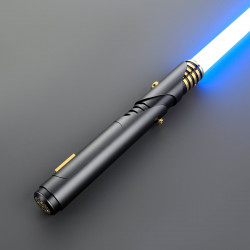
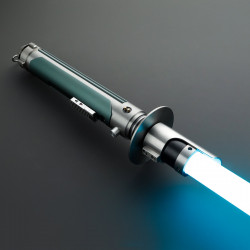
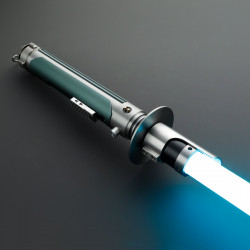
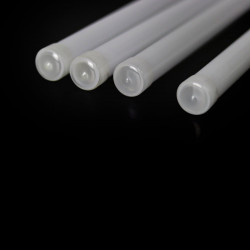
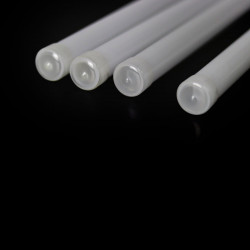
-250x250.jpg)
-250x250.jpg)
